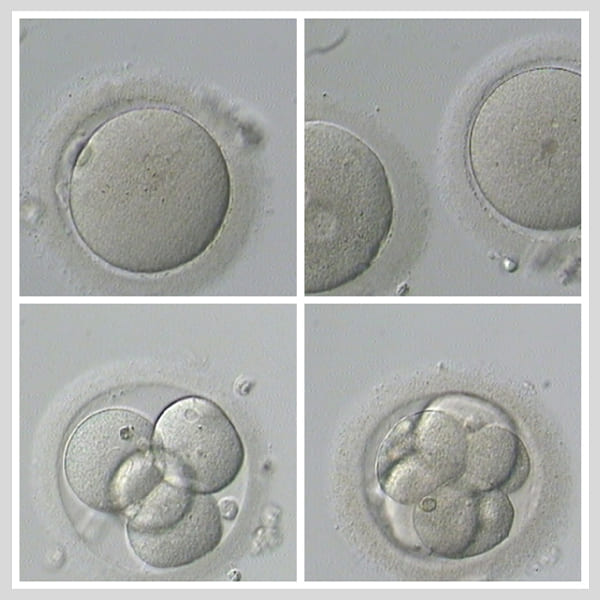- Home
- About Us
- Why BFI
- Treatments
Advanced IVF Treatment
Donor Services
Fertility Preservation
Advanced IVF Treatment
Donor Services
Fertility Preservation
- Locations
- Resources
- Contact Us
Spindle View ICSI
In patients showing poor fertilization with IVF or ICSI, Spindle view ICSI helps to achieve better fertilization. It also provides a more detailed analysis of egg quality.
In eggs, meiotic spindle forms for the final maturation of eggs, During conventional ICSI, when injecting the sperm, we should not damage this spindle to achieve good fertilization.
Spindle view uses a specialized polarized microscope or Polscope to visualize these meiotic spindles.
To achieve better fertilization
Visualizing meiotic spindles can also give an option of aligning oocytes for ICSI. For conventional ICSI, we use the polar body as a surrogate marker for spindle location. In some patients, the spindle is displaced from the polar body, and this can cause potential damage to the spindle at the time of ICSI. If we use polscope and align the spindles, this damage can be minimized. In a study by Elham Asa et al. Fertilization rate in spindle aligned group was higher than the control group.
To assess oocyte egg quality
In patients with repeated poor-quality embryos, there can be factors related to sperm or/and eggs. There are various tests like sperm DNA fragmentation available for evaluating sperm factors apart from conventional semen examination. However, to evaluate oocyte quality presence OR absence of meiotic spindle can be a useful marker. Spindle length and spindle area have also been suggested as a marker of the quality of eggs.

If a couple is considering gamete donation, this information can help the patient decide whether to go for sperm donation OR oocyte donation.
When Spindle view ICSI can help
- In patients showing poor fertilization with IVF or ICSI
- In patients who develop poor quality embryos with IVF
- In patients with very less number of eggs or very low AMH to achieve better fertilization rate
